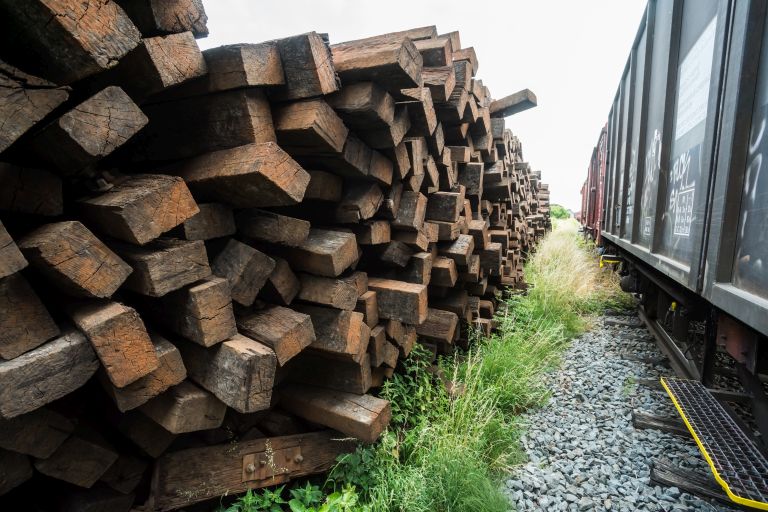How Much Coal-tar Creosote are Railroad Workers Exposed to?
Railroad workers are exposed to far more coal-tar creosote than the general public because access to coal-tar creosote is heavily restricted. Only individuals who have completed training and certification are able to obtain coal-tar creosote. Railroad workers, however, are not trained or certified to work with creosote and yet the railroads regularly expect their employees to work with and around creosote soaked rail ties. Any railroad worker who can recall a distinct tar-like smell while working around rail ties was being exposed to creosote.
Which Railroad Workers Suffer the Worst Exposures?
Railroads workers who work directly with railroad ties tend to endure the worst exposures. Track or engineering department employees are at particular risk for creosote exposures along with individuals who work in the bridges and building department. A railroad tie will emit a third of the creosote that was applied to it over the course of its service time. Thus, individuals transporting rail ties or doing other track maintenance often inhale significant amounts of creosote vapor. Emissions can be particularly intense from new rail ties on hot days. Moreover, since creosote is easily absorbed through the skin, railroad workers can be dermally exposed to creosote any time they handle rail ties without protective clothing.
We have represented track gang workers who unloaded freshly creosoted rail ties from gondola cars. They describe standing in pools of creosote that accumulated in the bottoms of the rail cars. The creosote exposures during operations like this would have been extremely dangerous.
The railroads failed to warn their employees that exposure to creosote was dangerous. As such, many railroad workers did not attempt to limit their exposures. In fact, many of our clients describe instances where they lit creosote-covered ties on fire in the winter months to stay warm. These fires kicked off a host of carcinogenic fumes. Some railroad workers would even cook food over these fires.
Significant creosote exposures are also common amongst railroad employees who work in facilities where rail ties are treated. In years past, the working conditions in some of these facilities were horrendous. For example, the former medical director for Santa Fe testified about visiting one such facility in the 1980s. Upon arriving at the site, he discovered that railroad workers were regularly expected to go into pressurized cylinders where ties were treated with creosote and arsenic in order to clean up chemical residue and effluent that accumulated on floors and walls. These workers were not given respirators or protective clothing and it was common for them to pass out from the fumes. The only protection they were provided came in the form of a rope that was tied around their waist so that if and when they did pass out, they could be dragged out of the room by their coworkers.



